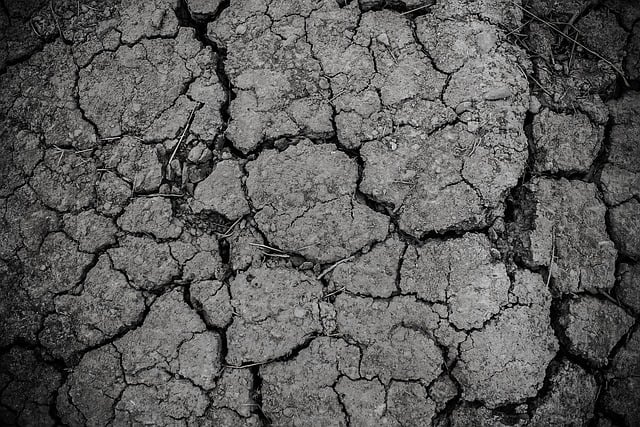Researchers at Caltech have developed an innovative method to measure soil moisture in the critical zone between the surface and underground aquifers. By repurposing seismic detection technology, the team has found a way to use everyday traffic vibrations to gauge water content in this crucial layer of earth.
Turning Traffic Noise into Valuable Data
The vadose zone, the area of soil between the surface and groundwater, plays a vital role in plant and crop health. However, measuring moisture fluctuations in this region has long been a challenge. Traditional satellite imaging provides only low-resolution averages and can’t penetrate below the surface.
Enter the collaborative effort between hydrologist Xiaojing (Ruby) Fu and seismologist Zhongwen Zhan. Their team adapted a technique called distributed acoustic sensing (DAS) to measure soil moisture using underground fiber-optic cables. These cables, typically used for internet connectivity, can detect vibrations from passing traffic. As these vibrations travel through the ground, they slow down in the presence of water – the more moisture, the slower the vibration moves.
“From the top 20 meters of soil in the Ridgecrest region, we can extrapolate to the entire Mojave desert,” explains Yan Yang, a graduate student in geophysics and co-first author of the study. “Our rough estimation is that every year, the Mojave vadose zone loses an amount of water equivalent to the Hoover Dam.”
Drought Impacts Revealed
The research, published in Nature Communications, presents a five-year dataset collected near Ridgecrest, California. The team’s models illustrate how moisture in the vadose zone varies over time, revealing significant insights into the recent California drought.
During the historic drought from 2019 to 2022, the researchers found that moisture in the vadose zone decreased at a rate of 0.25 meters per year, exceeding the mean average precipitation. This data provides a stark illustration of the drought’s severity and its impact on subsurface water resources.
The ability to measure vadose zone moisture in real-time could revolutionize water management and conservation efforts. Fu emphasizes the potential for broader applications: “We know this method works really well for this particular site. Many other interesting regions with the same climate could have different hydrological processes, like central California, where farming operations withdraw water, but the region also receives snowmelt from the Sierra Nevada mountains.”
Why it matters: This innovative approach to soil moisture measurement could have far-reaching implications for agriculture, water resource management, and climate change adaptation. By providing real-time, high-resolution data on subsurface moisture levels, it enables more informed decision-making about water usage and conservation, especially in drought-prone areas.
The research represents a significant leap forward in our ability to monitor and understand soil moisture dynamics. Traditional methods like satellite imaging or point measurements often fail to capture the spatial and temporal variations in soil moisture that this new technique can reveal. This enhanced understanding could lead to more efficient irrigation practices, improved crop yields, and better drought prediction and management strategies.
As climate change continues to alter precipitation patterns and increase the frequency of extreme weather events, tools like this become increasingly valuable. They allow scientists and policymakers to track the impacts of these changes on our water resources with unprecedented detail and accuracy.
Looking ahead, the research team plans to deploy this technology in diverse geographical regions to test its efficacy under different conditions. The potential applications extend beyond desert environments to agricultural areas, forests, and urban landscapes, each with its unique hydrological challenges.
This groundbreaking work was made possible through funding and support from Caltech’s Resnick Sustainability Institute (RSI). Neil Fromer, Executive Director of Programs with RSI, highlights the project’s significance: “This is exactly the type of interdisciplinary, creative science that the Resnick Institute was designed to support, bringing together colleagues that otherwise wouldn’t have worked together, and in that collaboration develop new tools that can help measure and manage water availability more sustainably.”
As water scarcity becomes an increasingly pressing global issue, innovations like this seismic moisture detection method offer hope for more sustainable and efficient water management practices. By turning everyday traffic noise into valuable hydrological data, this research opens new avenues for understanding and preserving our most precious resource.


